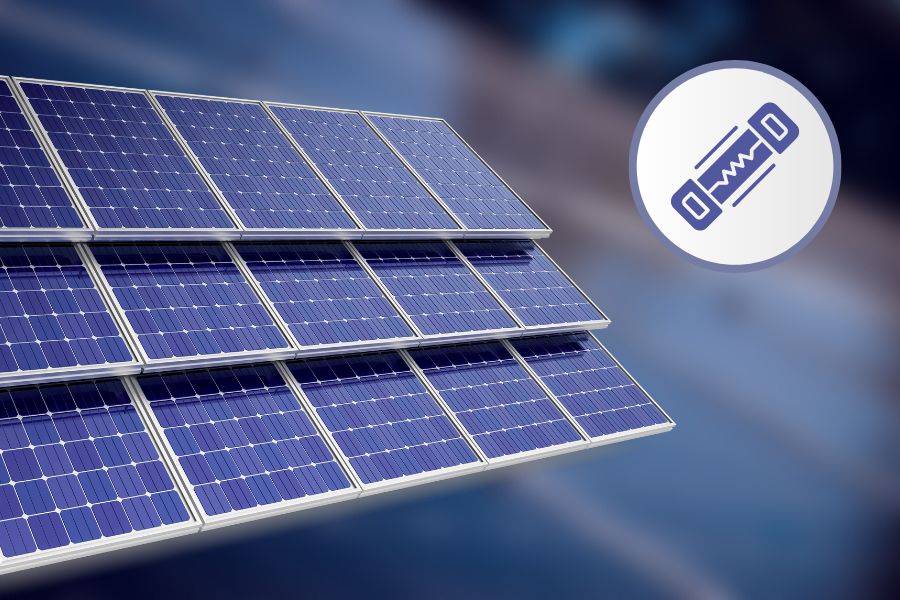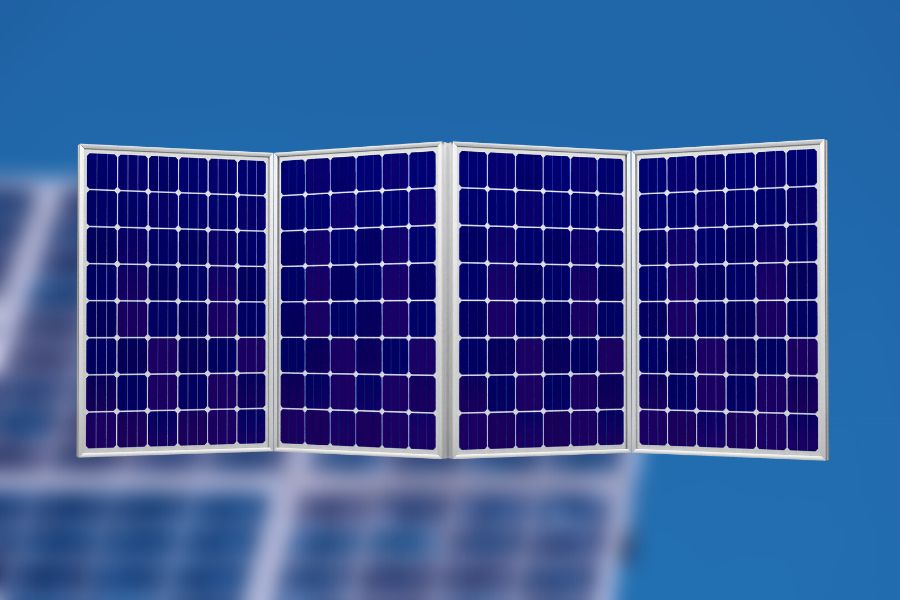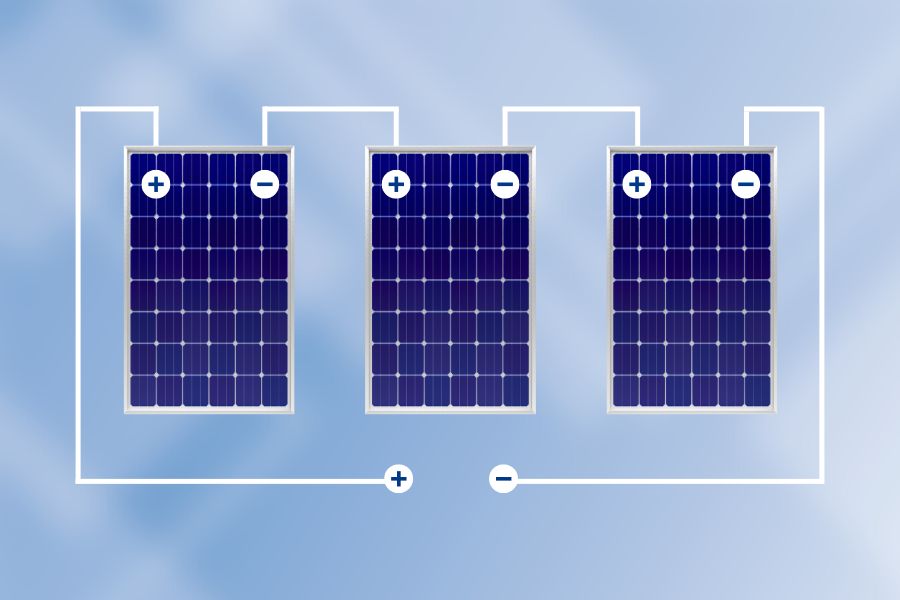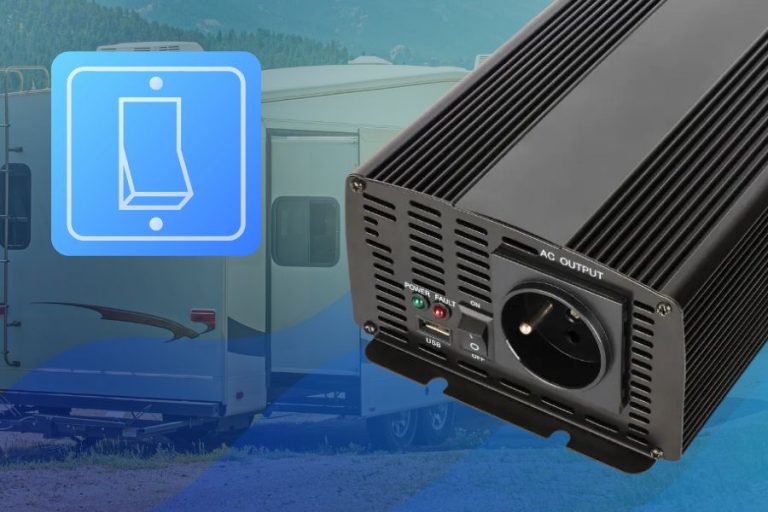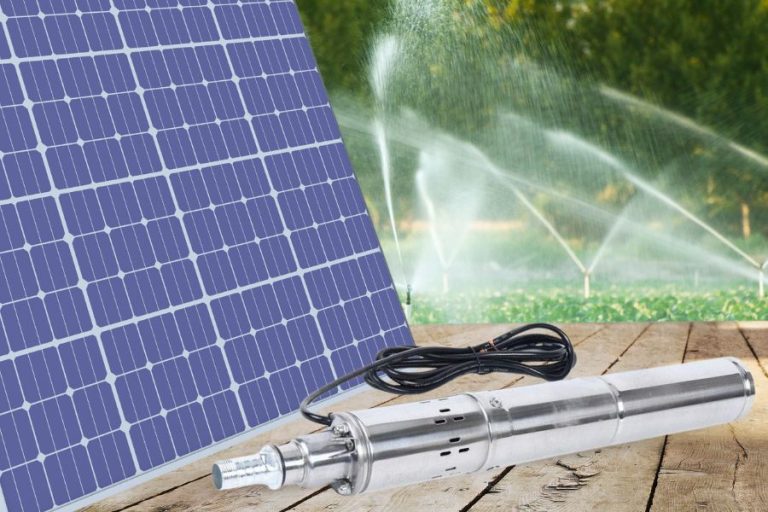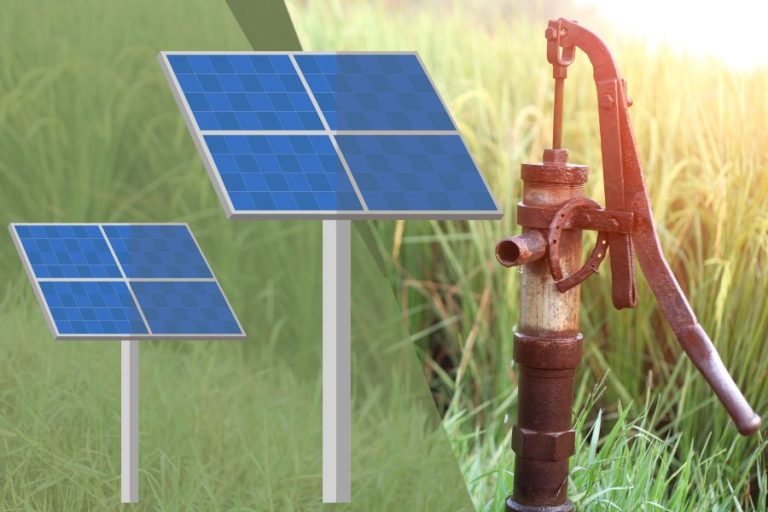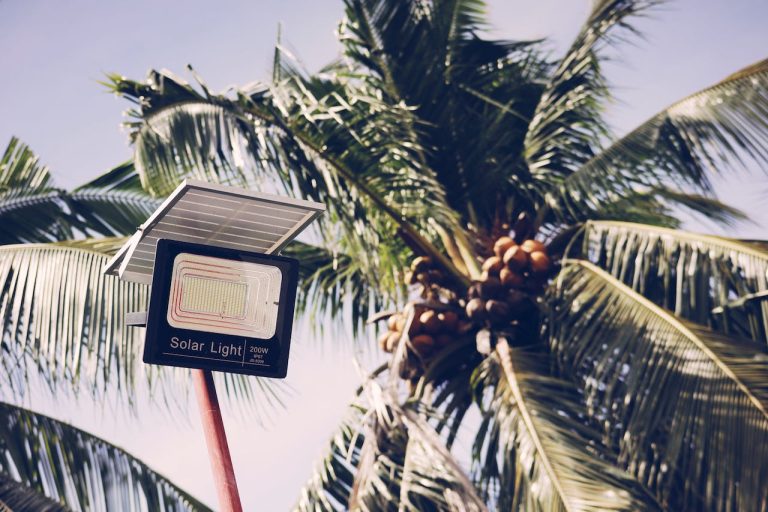Subscribe for handpicked DIY projects, exclusive tips, and giveaways.
We care about your data in our privacy policy.
Recent Posts
Sun-Powered Toolshed: A Step-by-Step Guide to Your Solar Tool Charging Station
Picture this: a vibrant garden teeming with life, your tools prepped and ready, all powered by the sun’s clean energy. No more tangled cords, depleted batteries, or trips to the gas station. This dream can become reality with a DIY solar charging station for your electric lawnmower, trimmer, and other outdoor tools. More than just…
How to Find the Right Solar Battery
If you are looking to install a solar battery for your home, a few appliances, or a vehicle, you may be wondering what’s the best one to go for. There are many options on the market and a lot of them are very good with new technologies coming out every few years. Rather than staring…
Illuminating the Future: Integrating Solar Lights for Sustainable Construction Projects
As the world grapples with the pressing need for sustainable practices, the construction industry is stepping up its efforts to embrace eco-friendly solutions. One such innovation gaining prominence is the integration of solar lights in construction projects. Beyond the traditional focus on energy efficiency, solar lights offer a multifaceted approach to sustainability, combining environmental benefits…
Solar-Powered Water Tanks: Revolutionizing Sustainability
Water is a fundamental element of life, but its scarcity often poses a major hindrance for many. Technological advancements have continually sought out innovative ways to tackle this issue, with one of the latest being the solar-powered water tank. Embodying an ingenious blend of renewable energy application and water storage solutions, solar-powered water tanks are…
Level 2 Electrician: Integrating Solar Energy Solutions
Welcome to our deep-dive into the world of level 2 electricians and their role in integrating solar energy solutions. You will get an inside look at this fascinating profession and learn how these skilled workers are forging the path for a sustainable future. Level 2 Electrician Defined A level 2 electrician is not your everyday…
4 Best Audiobooks on Solar Power
Climate change and global warming from fossil fuels are pressing problems that harm environmental resources and increase the risk of natural calamities. In line with this, studies from Pew Research reveal that around 69% of Americans favor the country becoming carbon neutral by developing alternative energy, such as solar power. This clean energy has been a topic…

